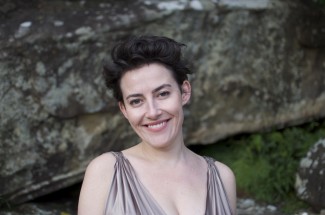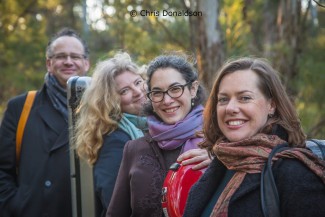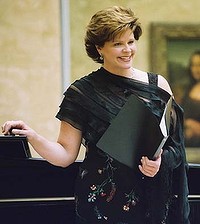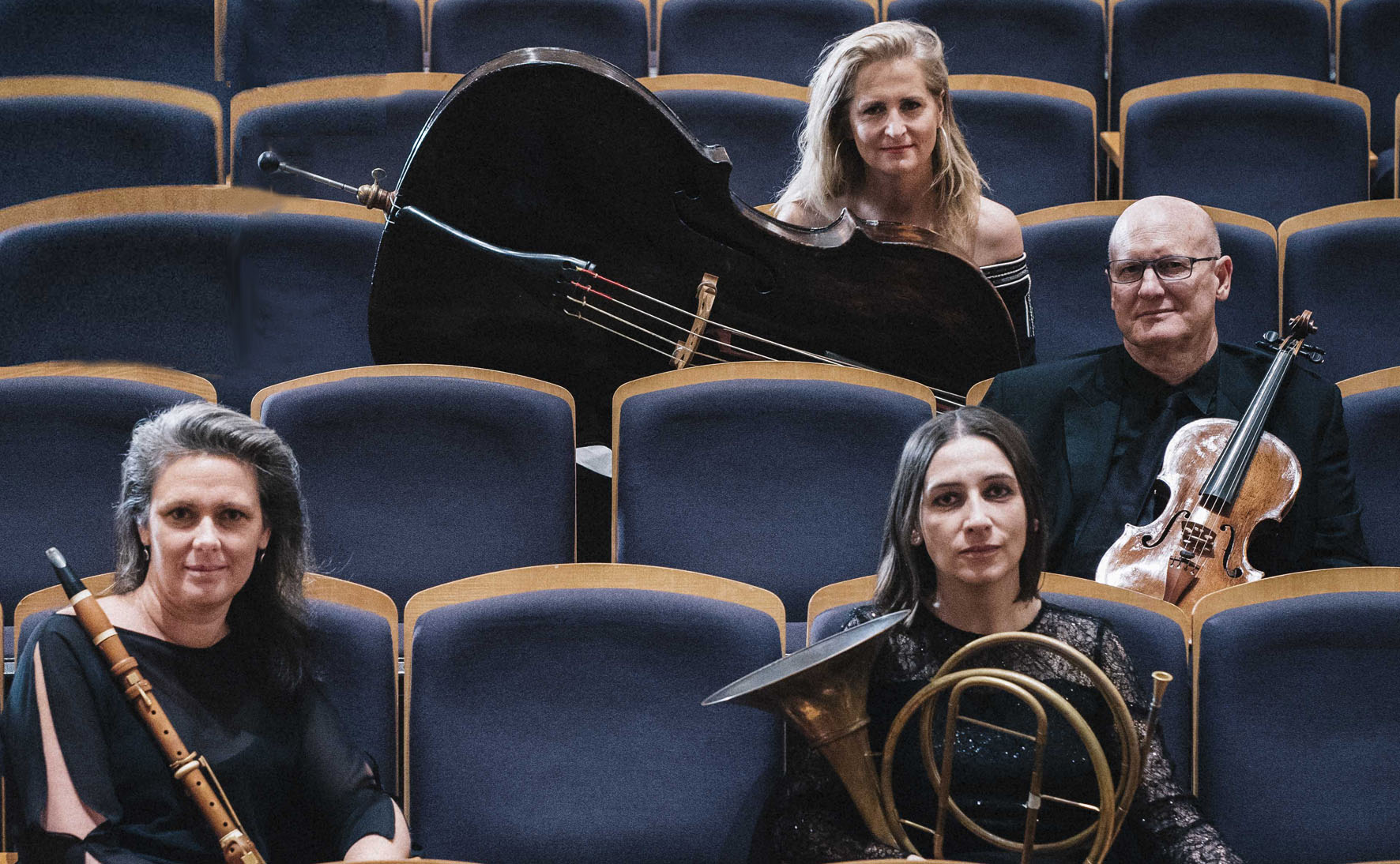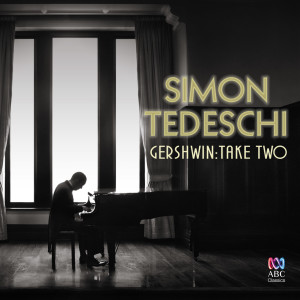CD Review: The Haydn Album/ Australian Haydn Ensemble

Barely five years old, the Australian Haydn Ensemble (AHE), has released its debut recording, The Haydn Album on ABC Classics. It marks an important milestone in the evolution of the ensemble, as it diversifies beyond the annual concert series it has presented since its founding in 2011 by artistic director and concertmaster of the ensemble, Skye McIntosh.
Whilst a newly ambulant toddler hurtles into the future with barely a backwards glance, the AHE moves forward with its gaze firmly fixed on the past as it seeks a scholarly replication of a performance style that existed well before Europeans even arrived in the Antipodes.
The Haydn Album contains three works by the composer after whom the ensemble takes its name the Cello Concerto in C major Hob. VIIb:1, the Symphony No. 6 in D major, Hob. 1:6 Le matin and the Harpsichord Concerto in D major, HobXVIII:11.
The cello concerto has become a cornerstone of the solo repertoire since a set of parts was discovered in 1961 by Oldřich Pulkert, the archivist of the Prague National Museum. Imagine the excitement – a work composed by Haydn between 1761 and 1765, that had lain hidden for nearly two centuries! Haydn’s D major cello concerto had lost its status as an ‘only child’, gaining a valuable sibling. The 20th century premiere of the C major cello concerto was performed by Miloš Sádlo with Sir Charles Mackerras conducting the Czech Radio Symphony in May 1962. It has been recorded by most significant cellists of our time amongst them, Jacqueline du Pré, Yo-Yo Ma and Mstislav Rostropovich.
For this recording of Haydn’s C major cello concerto, the AHE has gathered an assemblage of 20 instruments around soloist Daniel Yeadon – 13 strings, 2 oboes, 2 horns, a bassoon, chamber organ and harpsichord – approximating the configuration that Haydn (leading from the violin) would have used. It is a relatively early work, written in the glow of Haydn’s prestigious appointment as Vice-Kapellmeister to the wealthy Esterházy family. The AHE’s performance reflects two attributes that may well have been uppermost in Haydn’s mind at the time – a sense of graceful stateliness at his appointment to the dynasty, and a sense of joy at the direction in which his fledgling career was heading. And so, the tempo at which the first movement is played is measured, with Yeadon and the ensemble revealing the pared back textures of the instruments and the brilliance of Haydn’s writing. The strings-only second movement is luxuriously lyrical, with exquisite phrasing from both soloist and the ensemble giving way to a more business-like Allegro molto in the third movement.
Throughout the concerto, Yeadon’s playing is supple and brilliantly contrasts Haydn’s snappy dotted rhythms with generous longer phrases. He teases the tempo in his solo passages and cadenzas; the ensemble swells and subsides in sympathy with the soloist. The CD liner gives no information on Yeadon’s cello – whatever it is, he achieves a clear sweet sound in the many higher passages and rapid leaps in range.
Haydn’s Symphony No. 6 in D major Le matin is an inspired choice for an ensemble like the AHE. Haydn’s trio of ‘time of day’ symphonies was intended to show off the newly formed court ensemble as individuals and as an entity. Accordingly, the musicians of the AHE showcase their soloistic skills as well as proving their worth as a consort. Haydn liked to depict images in music and he was good at it – think of the musical onomatopoeia in his later oratorio The Creation. For Le matin, the AHE has grown slightly, to 22 instruments -14 strings, 2 oboes, 2 horns, a flute, a bassoon, harpsichord and chamber organ. The violins create a beautifully hushed opening which swells radiantly, handing over to the flute, expertly played by Melissa Farrow which takes centre stage with the theme which is then tossed around various solo instruments as they enter the conversation. The ensemble fades to a discreet supporting role as each soloist makes a statement – there is the lightly tripping flute, the glorious braying of the horns and the pastoral sound of the oboes.
The second movement opens with the chamber organ, (Henk Klop, Netherlands, 2007) played by Neal Peres Da Costa. The keyboard continuo is thought not to have been used by Haydn except in the theatre. However, Erin Helyard explains in his liner notes that this is a decision made in the ‘pragmatic spirit of the times.’ After an expansive opening section, the solo violin (Skye McIntosh) comes to the fore, ringing and delicate, with the solo cello entering the dialogue later in the movement.
The third movement, the Minuet and Trio, is anchored once again by the flute as the two oboes, bassoon and two horns have their cameo as a wind choir. The AHE creates a very distinctive and attractive sound in the Trio as the bassoon (Simon Rickard) and double bass (Jacqueline Dossor) join forces along with the viola (Shelley Sorensen). Flute and violin reprise their solo role in the joyful Finale.
Canadian Marc Destrubé takes over as Concertmaster in the harpsichord concerto, for which the orchestra comprises a well balanced 14 strings, 2 horns and 2 oboes with Erin Helyard playing an Andrew Garlick French double-manual harpsichord (1996) after Goujon (1749). When Wanda Landowska performed this concerto in the US with the New York Philharmonic, in 1926, she wrote in her own programme notes “This concerto, so concise, close knit and sparkling, unites in itself all the features of Haydn’s genius….The works of Haydn are great, not by reason of serving as stepping stones to Beethoven but because they contain in themselves their own proper sources of that inspiration and originality which give rise to masterpieces.”
Erin Helyard’s performance is nothing short of brilliant. He sets a searing pace in the first movement, Vivace, relaxing the tempo at critical times to underline a point. He articulates Haydn’s syncopation and key changes with style. The second movement Un poco Adagio brims with delicate and engaging ornamentation; the final movement Rondo all’Ungarese is another high-octane venture played at breathtaking speed, yet losing none of its fine detail, clarity or accuracy.
The CD liner contains useful commentary from Erin Helyard, a soloist, conductor and scholar, along with biographical notes about the AHE and the soloists. The album was recorded for ABC Classics at the Eugene Goossens Hall of the ABC Centre in Ultimo, Sydney in December 2015 and March 2016.
This is an outstanding recording of enticing repertoire, played brilliantly and in style. It has broad appeal, but will be of special interest to purists. I suspect it will do very well in both the popular and critical stakes.
Shamistha de Soysa for SoundsLikeSydney©


